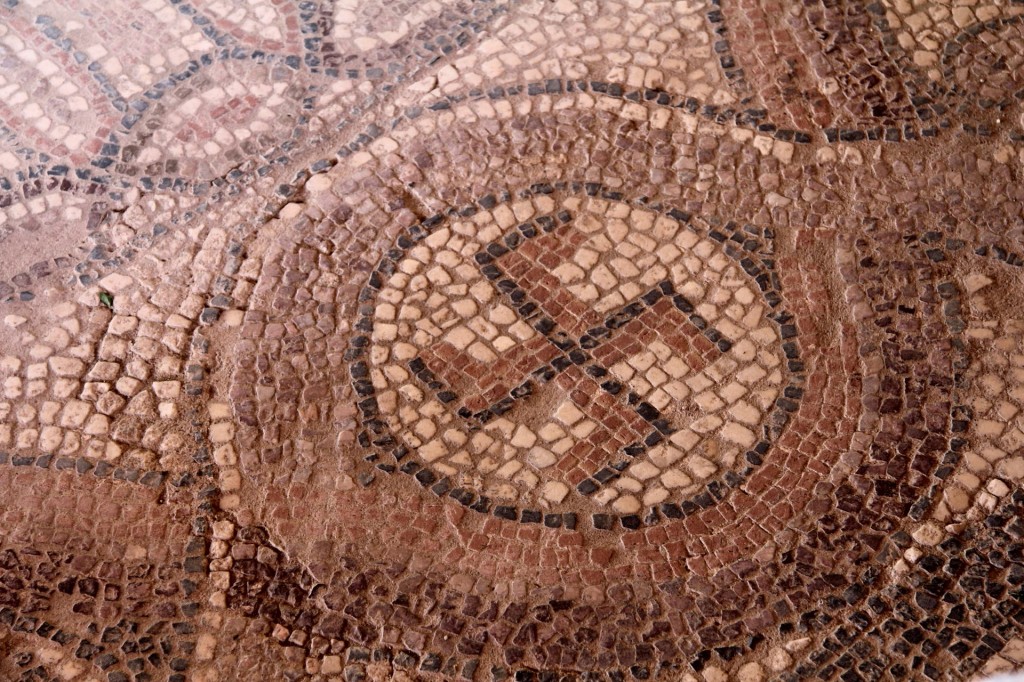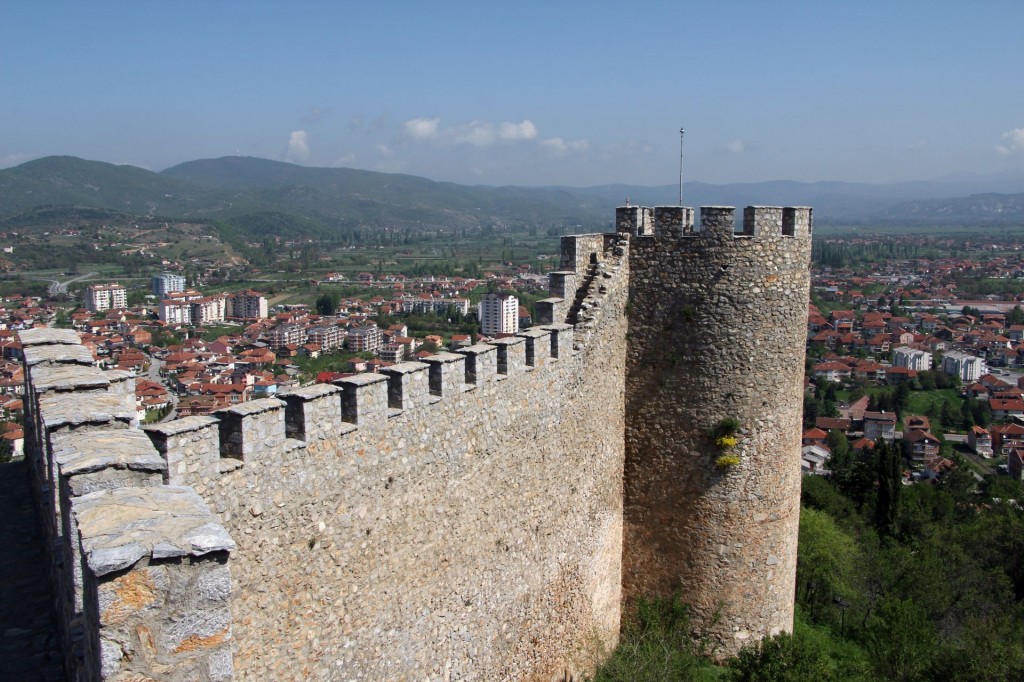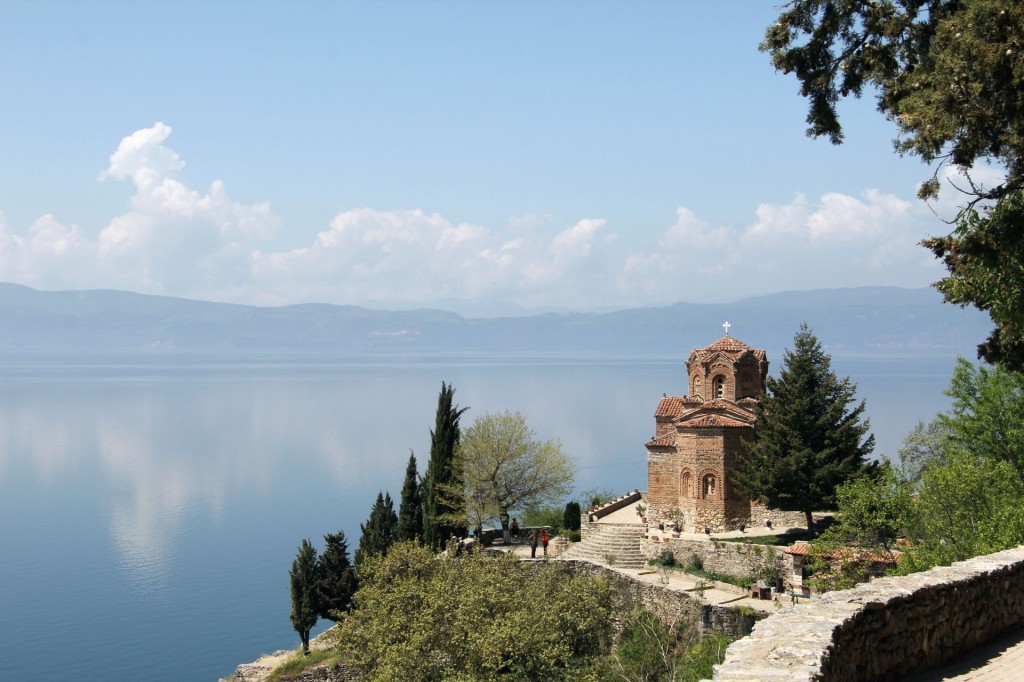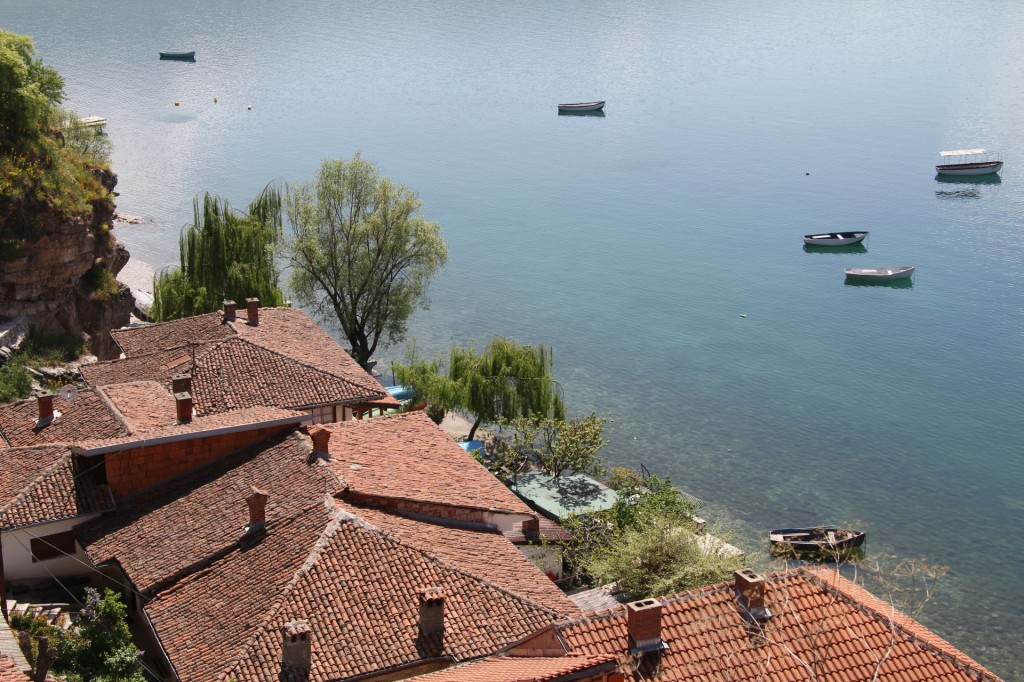Are you already planning your next holiday trip in 2013? Maybe you could visit the charming town of Ohrid in Macedonia. It is easy to reach from Podgorica, as the road through Albania has been improved a lot. I spent a few beautiful days there in May last year, a period when the town is not overcrowded. Dutch tourists have shown an extraordinary interest in Ohrid for decades, mostly due to the Dutch novel writer A. den Doolaard and his book “The Wedding of the Seven Gypies”.
Ohrid, a UNESCO heritage site since 1980, is nestled between high mountains up to 2,800 m and the picturesque Lake Ohrid. The old town is compact and best seen on foot. I remember an interesting walk that takes in the main attractions, starting from the main square. During our walking tour, we visited the St.Sophia Church, the Antique Theater (the only visible monument from ancient times), and the old bazaar. The architecture is very specific with tight narrow streets and tunnels (houses built over the streets). Interesting houses can be seen all over the old town but along “Car Samoil” and “Ilindenska” streets you can see the Robevci & Uranija houses, in my opinion the most beautiful examples of traditional architecture.
We then walked further to Plaošnik, an archaeological site and holy place in Ohrid, 250 meters below King Samuil’s Fortress. The magnificent church of St. Clement was built in the year 893 on the foundation of an early Christian basilica, and dedicated to St. Panteleimon. Another church in ruins above Plaošnik is St. Erazmo, built in the 5th century. Mosaic floors have been preserved with hooked crosses (swastikas) that date back to the period between the 4th and 6th century.
From Plaošnik there is a small path through the woods to reach King Samuil’s fortress at the top of the city. Here we had a splendid view of the lake and the old town.
We continued the walk to the St. Jovan Kaneo church from the 13th century, which is well-known for its scenic location, standing on a cliff over Lake Ohrid. Notable about the cute architecture is Armenian influence in the zig-zag line of the roof of the dome.
Standing below the rock on which the St. Jovan Kaneo church is situated, we could see the Kaneo settlement, in earlier times the quarter of the poor fishermen. 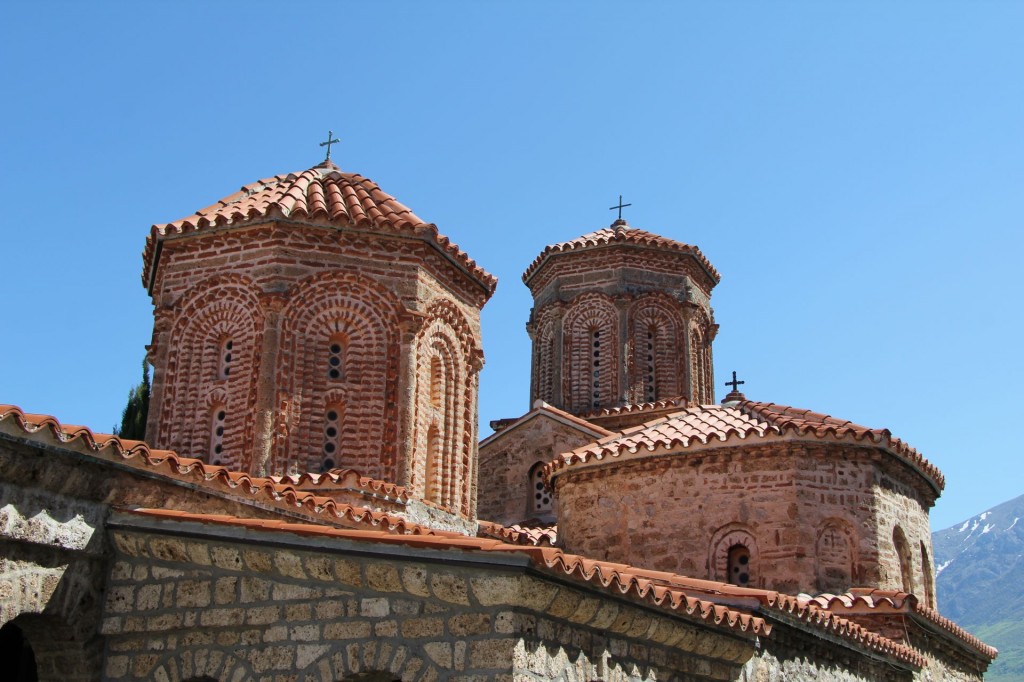
The area around the St. Jovan Kaneo church is, in my opinion, the most scenic spot of Ohrid. Of course, you should not miss the opportunity to visit other interesting and beautiful places around Ohrid, e.g. the St. Naum monastery (see picture), Peštani etc.

